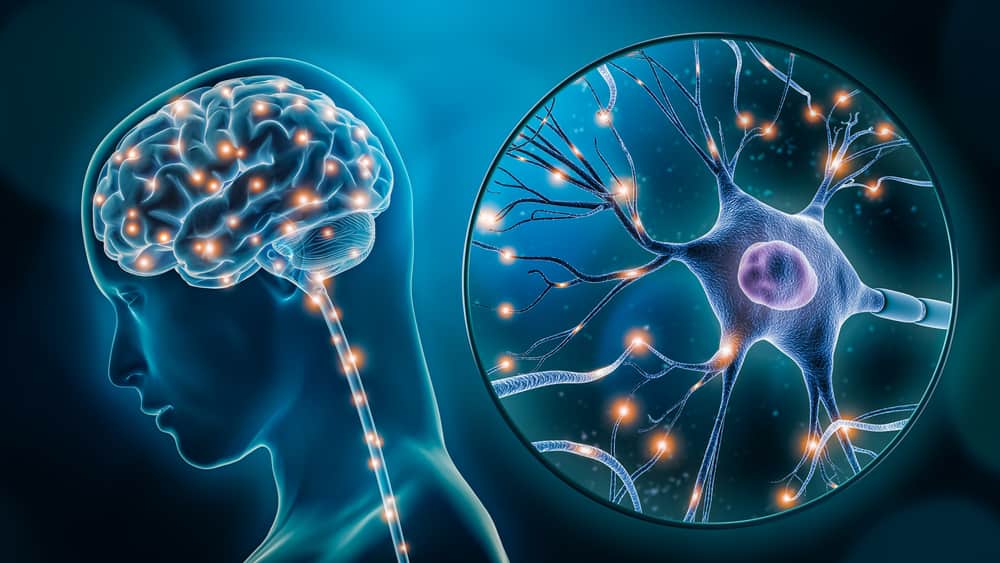Classification of Neurotransmitters can be classified into four major classes as follows:
(i) Acetyl Choline (ACh)
Neurons producing acetylcholine are called as cholinergic neurons. They are present in the cerebral cortex, ascending reticular axcting system, basal ganglia, limbic system, cerebellum, and spinal cord. ACh modulates arousal, respiration, motor activity, vertigo, and memory.
(ii) Amino acids
The central nervous system contains high concentrations of certain amino acids like glutamate, Gamma amino butyric acid (GABA). The dicarboxylic acids (glutamate and aspartate) produce excitation and monocarboxylic ω-amino acids (GABA, glycine, β-alanine, and taurine) produce inhibition. It is interesting to note that the inhibitor GABA is generated from excitant glutamic acid through the action of the enzyme Glutamic-acid[1]decarboxylase (GAD).
(iii) Biogenic amines
Biogenic amines include dopamine, nor-epinephrine/epinephrine, 5-hydroxy tryptamine, and histamine.
(iv) Peptides
Various peptides like vasopressin, oxytocin, tachykinins, neurotensin, vasoactive intestinal polypeptide (VIP), endogenous opioids like endorphins and encephalins, cholecystokinin, angiotensin II and neuropeptide Y perform various functions in different parts of the body. Some of them act as hormones.
Imbalance amongst various neurotransmitters and/or damage to the neurons or parts of the CNS can lead to various disorders.
Make sure you also check our other amazing Article on: Pharmacovigilance Scope
